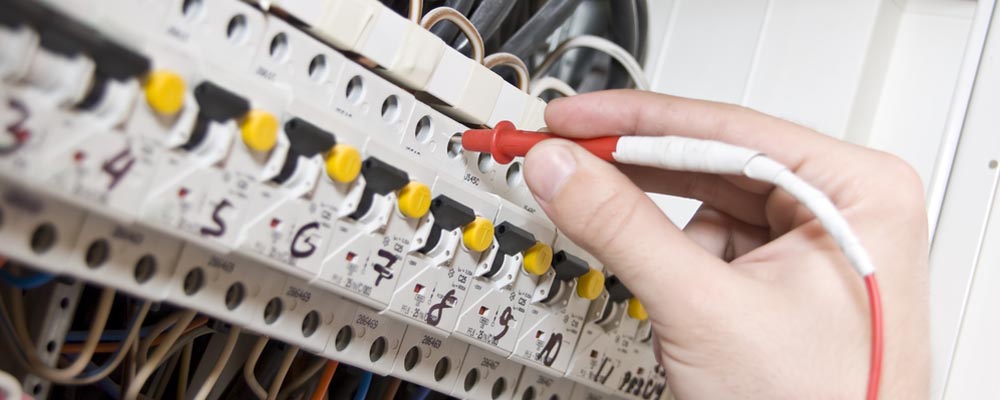Imagine having a HDTV that is 80 inches wide and less than a quarter-inch thick, consumes less power than most TVs on the market today and can be rolled up when you’re not using it. What if you could have a “heads up” display in your car? How about a display monitor built into your clothing? These devices may be possible in the near future with the help of a technology called organic light-emitting diodes (OLEDs).
What is OLED
OLEDs are solid-state devices composed of thin films of organic molecules that create light with the application of electricity. Like an LED, an OLED is a solid-state semiconductor device that is about 200 times smaller than a human hair.
OLEDs can provide brighter, crisper displays on electronic devices and use less power than conventional LED’s.
The biggest part of manufacturing OLEDs is applying the organic layers to the substrate, with inkjet technology, OLEDs are sprayed onto substrates just like inks are sprayed onto paper during printing. Inkjet technology greatly reduces the cost of OLED manufacturing and allows OLEDs to be printed onto very large films for large displays like 80-inch TV screens or electronic billboards.
What is OLED Lighting
OLED lighting uses light emitted by organic material to which a voltage has been applied. It is inherently difficult to pass an electric current through organic material, but making it as thin as 100 nanometers enables electricity to pass through it. 100 nanometers is equivalent to 1/10,000th of a millimeter, which is incredibly thin. Making the material this thin allows electricity to pass through and emit light, enabling the creation of a new illumination with previously unseen, revolutionary features.
Key benefits of OLED
With its extremely thin architecture, simple aesthetics and pure light, OLED offers unique characteristics and capabilities that redefine lighting and the way we use and experience it.
From stunning chandeliers to interactive wall features, they can be used to realise innovative applications and designs that no other light source can achieve.
- Almost no heat generation – No need for bulky heatsinks, so they can be used in close proximity to other products
- Environmentally friendly – OLED products are environmentally friendly by avoiding the use of hazardous materials and by providing efficient illumination
- Pure Light – Pure, pleasant, glare-free light that no other light source can achieve – OLED’s can be used to realise innovative applications and designs
- Ultra Thin – By using Thin Film Technology (TFE) the Philips Lumiblade Brite FL300 is remarkably only 2.1mm thick.
Why choose Philips Lumiblade OLED Lighting
As well as being environmentally friendly and ultra thin, Philips are the market leaders. Their Lumiblade panels are 70% more efficient than normal light bulbs and are 100% recyclable.
As a Value Added Partner for Philips, Powercor are a key player in the future of OLED Lighting. If you would like to discuss the possibilities of OLED Lighting with us then please get in contact.







